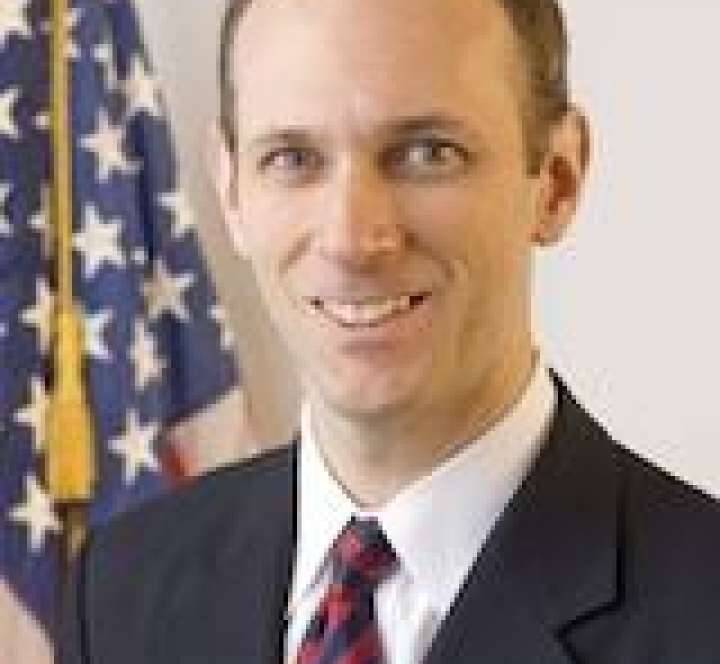In a surprising twist to labour market expectations,the latest data from the United States Bureau of Labor Statistics reveals that nonfarm payrolls surged by 256,000 in November,significantly outpacing economists’ projections of 160,000. This robust growth highlights the resilience of the U.S. economy amid ongoing challenges, including inflationary pressures and global uncertainties. As analysts delve into the implications of this unexpected rise, questions arise about the sustainability of job gains, potential wage inflation, and the Federal Reserve’s response in the evolving economic landscape. This development underscores the complexity of the labor market and its critical role in shaping fiscal policy moving forward.
United States Nonfarm Payrolls registered at 256K above expectations (160K) in November
The November payroll data has taken many by surprise, revealing the unparalleled robustness of the U.S. labor market.Factors contributing to this notable growth include a surge in hiring across various sectors, notably in healthcare, hospitality, and construction. Healthcare alone added approximately 50,000 jobs, indicating a strong demand in the wake of ongoing public health challenges.The hospitality sector, recovering from previous downturns, contributed an impressive 30,000 positions, marking a notable rebound.This upward trend underscores the adaptability of businesses in these industries to current economic conditions, as well as an overall increase in consumer spending, which drives demand for labor.
Another contributing factor is the uptick in labor force participation — an encouraging sign that more individuals are seeking and finding employment. The demographics of those returning to the workforce include a growing number of young employees and older workers, bolstering the labor market’s foundation. Consequently, this inflow is highly likely to have implications for wage dynamics, as businesses may need to adjust compensation packages to attract and retain talent. Additionally, with the Federal Reserve keenly observing these employment trends, there is speculation around potential policy shifts. This momentum in job creation could influence the Fed’s approach to interest rates and other economic policies in the near future, possibly altering the landscape for both employers and employees.
- Sector Growth Insights: Healthcare and hospitality lead new hires.
- Wage Dynamics: Rising labor force participation may affect salary trends.
- Future Policy Implications: Possible shifts in Federal Reserve strategies.
| Sector | Job Gains |
|---|---|
| Healthcare | 50,000 |
| Hospitality | 30,000 |
| Construction | 20,000 |
the Conclusion
the robust job growth reflected in the november Nonfarm Payrolls report, with a notable increase of 256,000 jobs surpassing expectations of 160,000, signals continued resilience in the U.S. labor market. This unexpected surge not onyl underscores the strength of various sectors but also highlights potential implications for economic policy and inflationary pressures. As businesses adapt to shifting demands and consumer behaviors amidst ongoing economic uncertainties, the sustained momentum in employment will likely play a crucial role in shaping the broader economic landscape in the coming months. Analysts and policymakers will now closely monitor these trends to assess their long-term impact on growth and monetary policy decisions.






